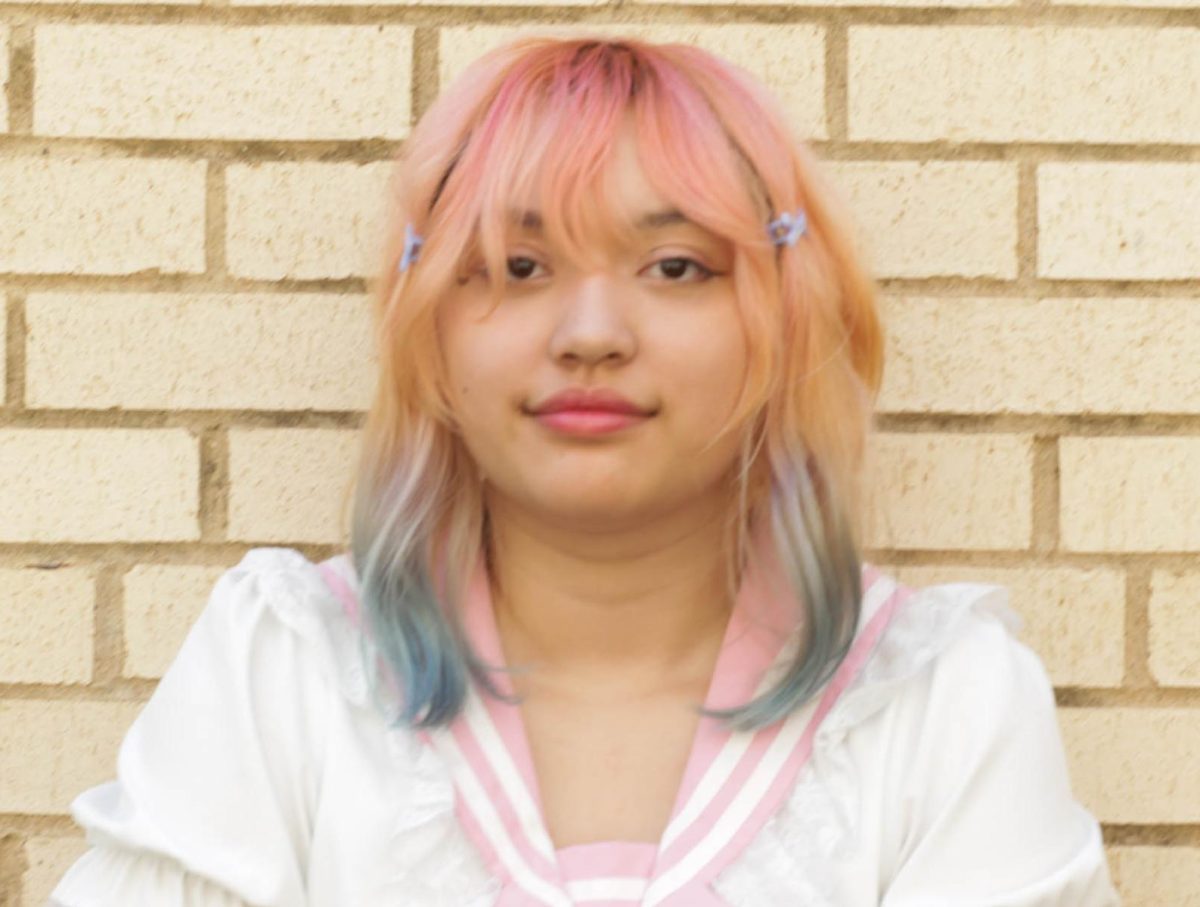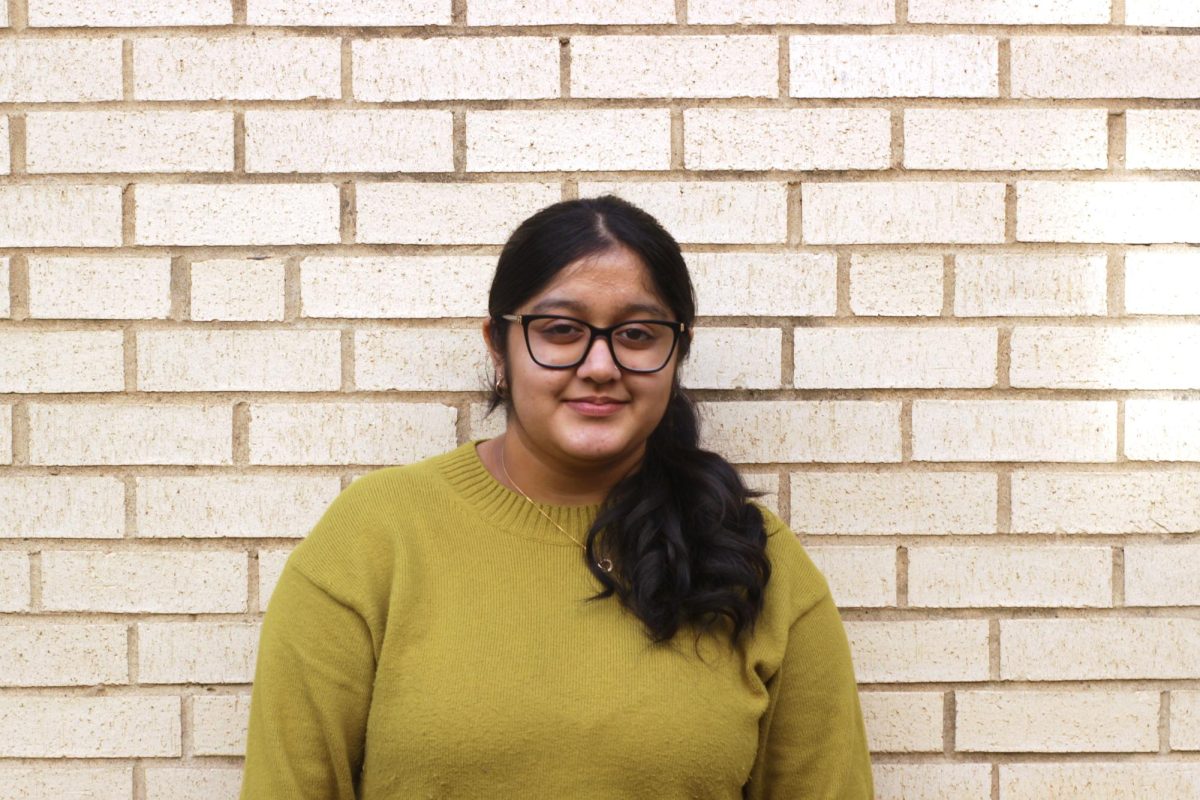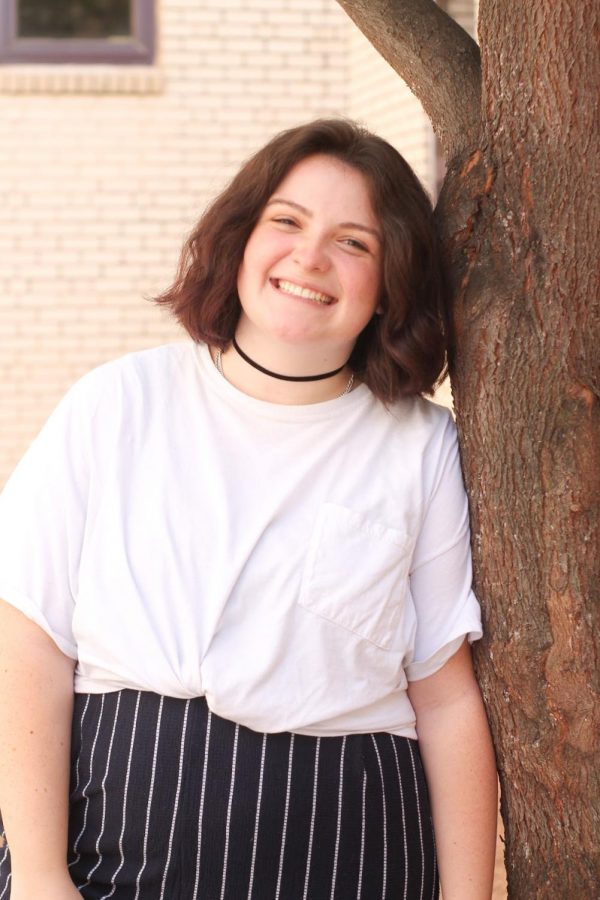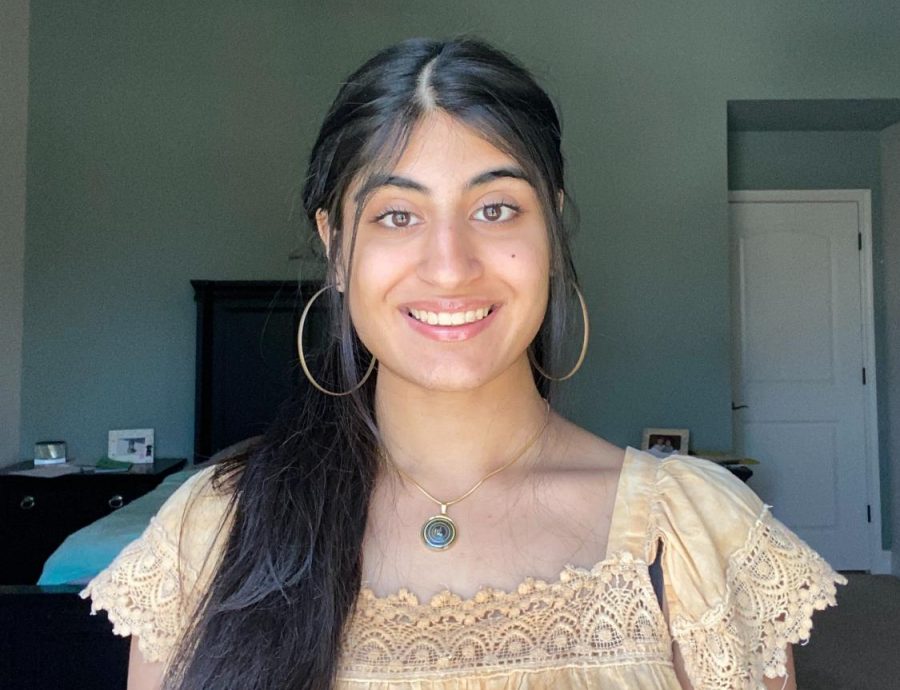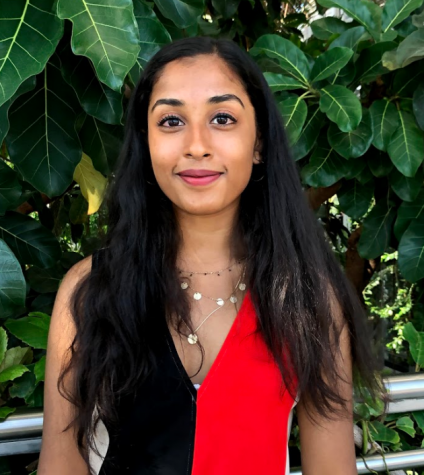
In a bustling cafeteria of nose-picking, immature third-graders, I sat with my peanut butter sandwich, quietly nibbling on it, amongst the girls from my class. Macey, a rambunctious basketball player, proposed the idea of comparing our skin colors to types of chocolate. Fear crept into my stomach.
One by one, she identified my friends as “white chocolate, white chocolate…,” but when it came to me, she immediately came to the conclusion of “dark chocolate.”
Dark chocolate.
Those words have haunted me since. At the time, I was appalled. I had worked incredibly hard to remain as fair as possible. I would sit in the shade during recess and avoid direct contact with the sun. I expected “milk chocolate” at most. Although she didn’t mean it, “dark chocolate” was equivalent to a malicious insult.
Growing up in an Indian household, I’ve been exposed to colorism, prejudice within an ethnic group of favoring lighter skin over darker skin, from a young age. When I was born, my parents rejoiced seeing my white skin. Little did they know, the extra five days I spent in my mother’s womb caused me to develop an extra layer of skin that I shed off during my early weeks of life. While my parents never made me feel lesser because of my darker skin, hearing comments of the advantages I would have with fairer skin caused me to foster a negative perception towards my skin color.
During one of my visits to India, my dad took me on a walk. We sauntered across the busy streets, observing rushed children hastily jumping into autos and men congregating around food stalls to enjoy their morning chai. We even stopped to savor fresh roadside coconut water. Upon coming home, I washed my hands, looking into the mirror above me. I was horrified. The words “dark chocolate” were ringing in my ears. How could I have been so careless?
After returning from India, I made it my mission to never repeat such a mistake. During recess, in 100 degree Texas heat, I would wear jeans and a sweatshirt to ensure the sun wouldn’t prey on my skin. I forbid myself from entering a pool unless it was indoors.
This past summer, I attended the Telluride Association Summer Program. Given that my group was 50% Asian, the dichotomy, or contrast, between the East and West was a reoccurring discussion topic. Within mainstream media, the West tends to otherize the East by portraying it as an exotic phenomenon. For example, in “The Cheetah Girls: One World,” India is depicted as a vibrant country where everyone supposedly lives in palaces and wears elaborate outfits. Obviously, this is far from the reality, but this is often how Eastern countries are shown in Western media. During one of my late-night conversations with peers about the exoticization of Eastern cultures, I realized something: this East/ West dichotomy exists specifically within South Asian representation in media.
Popular South Asian actors in Hollywood, such as Mindy Kailing (“The Office”) and Kunal Nayyar (“The Big Bang Theory”), have played characters where their ethnic identity is tied to their role. Some may have accents but one uniting feature between these actors is their darker skin color. It’s the same one the West uses to identify me as South Asian. Oddly, in the East, fairness is preferred amongst actors. It’s frustrating to live at this intersection of the East and West, as in the East, I’m expected to strive to be as white as possible. But in the West, I need to be just the right shade of brown to fit in this formulaic description of how a South Asian looks, otherwise I would be confused as Hispanic or racially ambiguous.
I used to harbor hateful feelings towards Macey. Looking back, I realize that her idea of comparing skin color to chocolate was definitely problematic, but I was at fault for allowing her words to affect me under the influences of colorism. Although “dark chocolate” shaped the rest of my childhood, I’m grateful for the experience. I have grown to love and embrace my skin color.
Today, I could care less about how much I tan. I simply find it fascinating how I’m an embodiment of the East/West dichotomy and have to play different roles in each to be recognized and accepted. Given my experiences, I hope to set an example for young South Asians on how to be dark and accepting of oneself.





